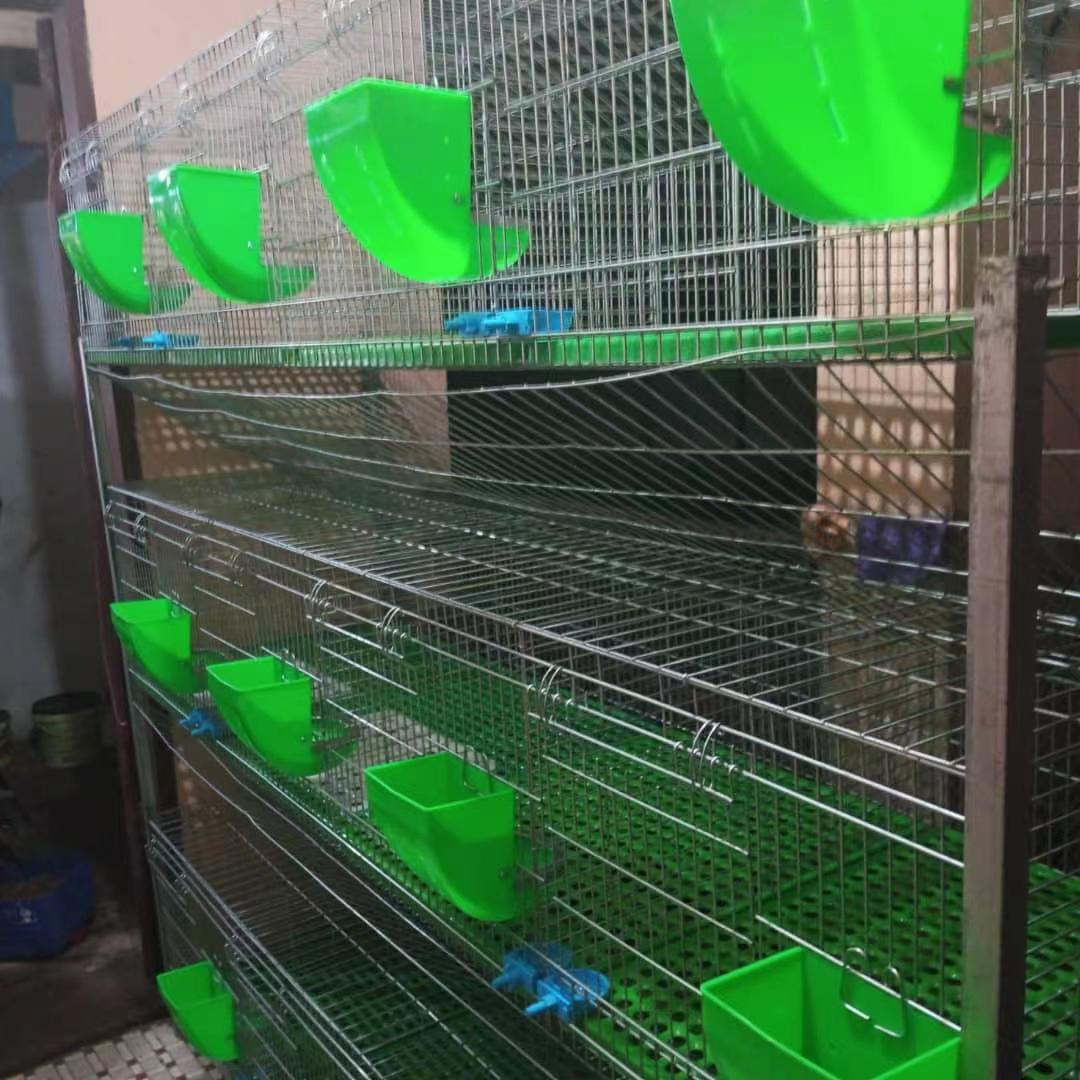evaporative cooling pad
Oct . 03, 2024 17:48 Back to list
evaporative cooling pad
Understanding Evaporative Cooling Pads An Energy-Efficient Cooling Solution
Evaporative cooling pads are becoming increasingly popular in various regions, particularly in areas characterized by dry and hot climates. This innovative technology takes advantage of the natural principle of evaporation to cool air, making it a cost-effective and energy-efficient solution for cooling residential and commercial spaces.
The primary function of an evaporative cooling pad is to absorb water and facilitate the evaporation process as warm air passes through it. When the warm air comes into contact with the wet pad, the moisture evaporates, effectively lowering the air temperature before it is circulated into living spaces. This process can reduce temperatures significantly, often by as much as 20°F to 30°F (11°C to 17°C), which is a remarkable feat given the simplicity of the technology.
One of the main advantages of evaporative cooling pads is their efficiency. Unlike traditional air conditioning systems that rely heavily on refrigerants and compressors, evaporative cooling systems use significantly less energy. They primarily require a fan to draw air through the damp pads, making them an ideal choice for environmentally conscious consumers looking to reduce their carbon footprint. The reduced energy consumption also translates to lower electricity bills, providing further incentive for those looking to upgrade their cooling systems.
evaporative cooling pad

Moreover, evaporative cooling pads come in various materials, including cellulose, aspen, and fiberglass, each offering unique benefits in terms of moisture retention and air filtration. Cellulose pads, in particular, are favored for their excellent water absorption capabilities and longevity. As they are designed to enhance airflow, these pads also serve to filter out dust and allergens, contributing to better indoor air quality.
However, it is essential to note that evaporative cooling systems are most effective in low-humidity environments. In regions with high humidity, the efficiency of these systems diminishes, as the air is already saturated with moisture, making evaporation less effective. Therefore, understanding the local climate is crucial when considering this type of cooling solution.
In conclusion, evaporative cooling pads represent a sustainable and cost-effective alternative for managing indoor temperatures in hot, arid climates. With their ability to provide significant cooling while consuming minimal energy, they are an excellent choice for those seeking to enhance comfort in a more environmentally friendly way. As awareness of energy-efficient solutions continues to grow, evaporative cooling pads are poised to play a vital role in the future of climate control.
-
Hot Sale 24 & 18 Door Rabbit Cages - Premium Breeding Solutions
NewsJul.25,2025
-
Automatic Feeding Line System Pan Feeder Nipple Drinker - Anping County Yize Metal Products Co., Ltd.
NewsJul.21,2025
-
Automatic Feeding Line System Pan Feeder Nipple Drinker - Anping County Yize Metal Products Co., Ltd.
NewsJul.21,2025
-
Automatic Feeding Line System - Anping Yize | Precision & Nipple
NewsJul.21,2025
-
Automatic Feeding Line System - Anping Yize | Precision & Nipple
NewsJul.21,2025
-
Automatic Feeding Line System-Anping County Yize Metal Products Co., Ltd.|Efficient Feed Distribution&Customized Animal Farming Solutions
NewsJul.21,2025






